Modern electronics such as phone and laptop chargers are pretty versatile no matter where you find yourself in the world. Capable of running off anything from 100-250V, all you need is a socket adaptor and you’re good to go. Video game consoles of the 1990s weren’t so flexible however. [MattKC] was tired of messing around with step down transformers to run his US market N64, and decided to rectify this, building a universal adapter to run the console instead.
It’s a proper hacked build, assembled out of a jumble of old parts. An broken N64 power adapter was harvested for its case and unique DC plug, which carries 12V and 3.3V to the console. Few compact power supplies exist delivering this pair of voltages, so [MattKC] got creative. An old router was sourced for its 12V 2A supply, and was combined with a 3.3V buck converter to supply both rails. With some creative bodging and plenty of mounting tape, the supplies were crammed inside the original case and wired up to the original jack and a figure 8 cable, allowing easy socket changes in different countries without the use of ugly adapters.
While few of us routinely travel with 25 year old Nintendo consoles, for those that do, the convenience of a single universal supply can’t be overstated. Fitting a step-down transformer into carry-on luggage simply isn’t practical, after all. We’ve featured similar hacks as far back as 2006, or more recently, a project seeking to rebuild a new PSU for the venerable Amiga 500. Video after the break.


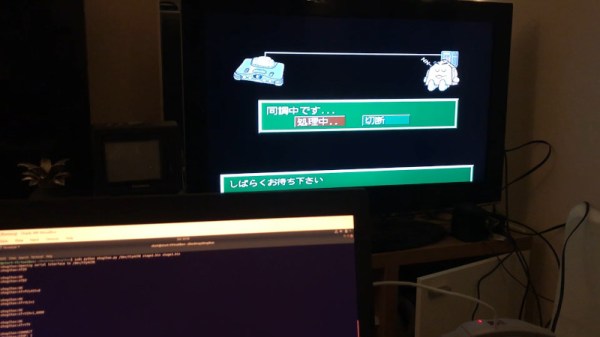
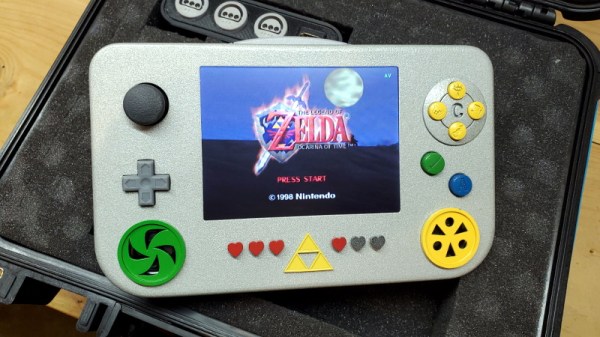
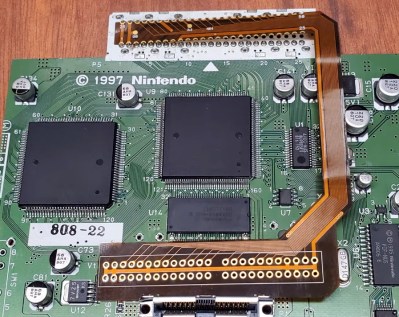

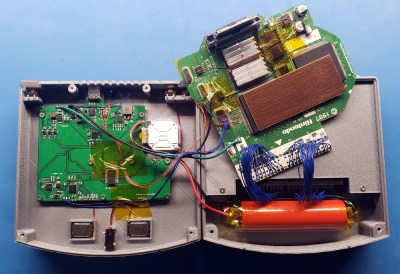
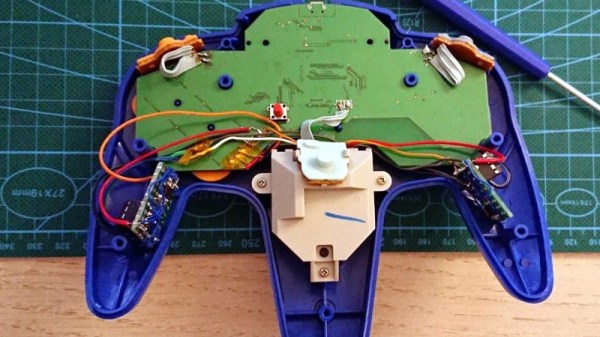
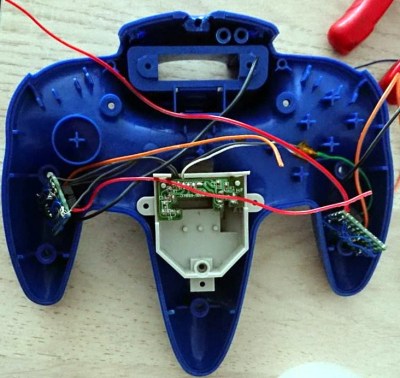


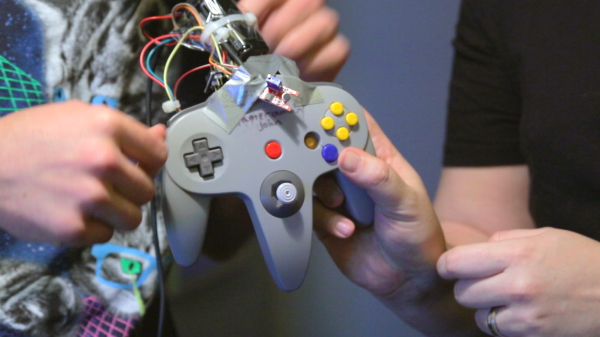
 [William] acknowledges that the build is a bit of a hack job, but the project page does a good job of documenting his build process and covering the kinds of decisions involved in interfacing to a separate piece of hardware. After all, most budding hackers have sooner or later asked themselves “how do I make my gadget press a button on this other thing?” [William] ends up using a small relay to close the connection between the traces for the B button when triggered by a microphone module, but he points out that it should be possible to do a non-destructive version of the mod. Examples exist of
[William] acknowledges that the build is a bit of a hack job, but the project page does a good job of documenting his build process and covering the kinds of decisions involved in interfacing to a separate piece of hardware. After all, most budding hackers have sooner or later asked themselves “how do I make my gadget press a button on this other thing?” [William] ends up using a small relay to close the connection between the traces for the B button when triggered by a microphone module, but he points out that it should be possible to do a non-destructive version of the mod. Examples exist of 









